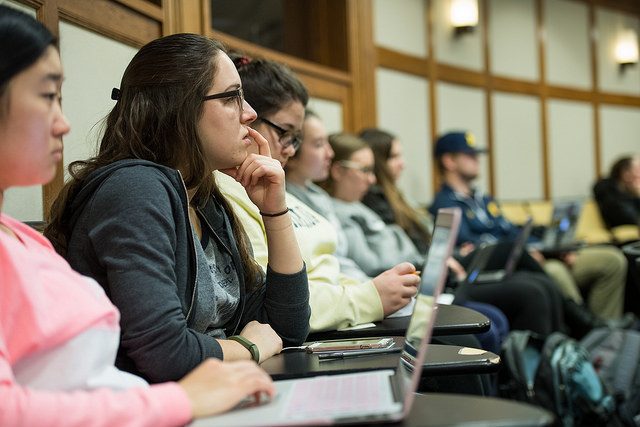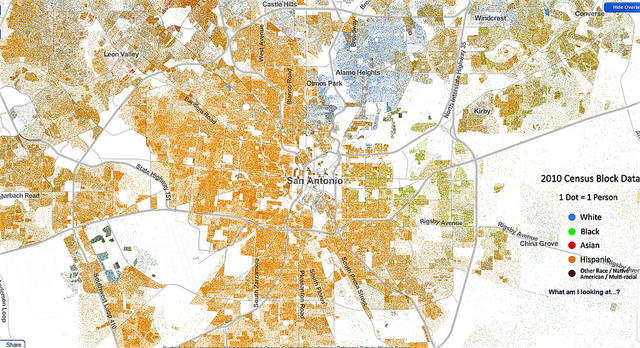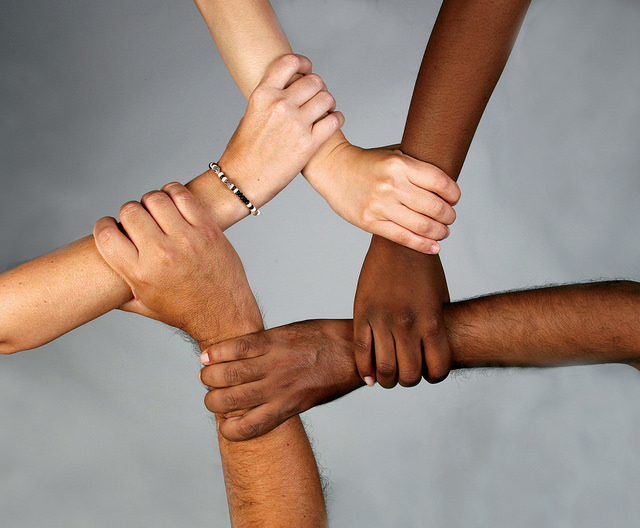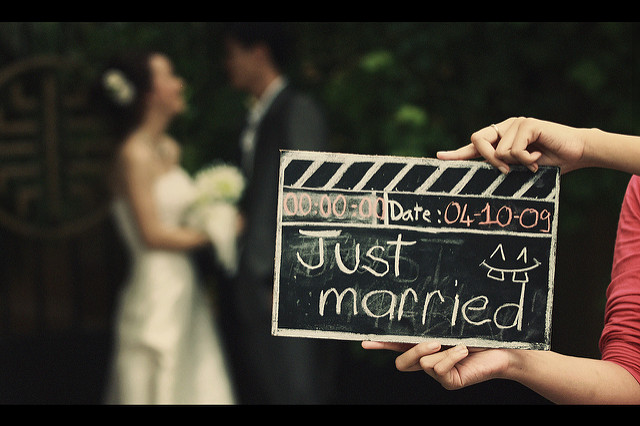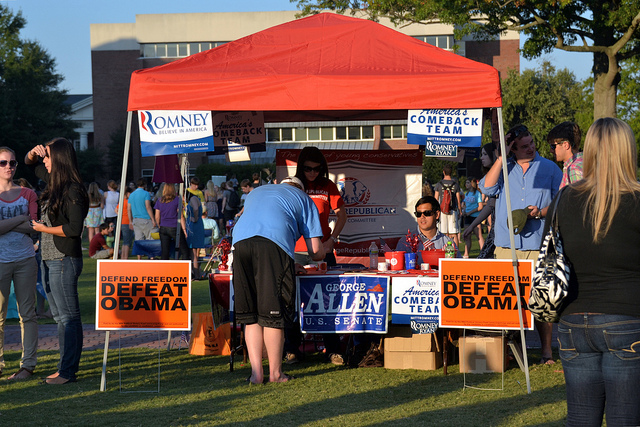
In our current political climate, freedom of speech is a major concern on college campuses and beyond. Controversial campus speakers such as Milo Yiannopoulos and Richard Spencer have caused event cancellations and sparked protest. Harsh criticism has come from those on the right, including Attorney General Jeff Sessions who recently stated that “the American university was once the center of academic freedom — a place of robust debate, a forum for the competition of ideas … is transforming into an echo chamber of political correctness and homogenous thought, a shelter for fragile egos.”
In a Monkey Cage analysis for The Washington Post, sociologist Jeffrey Kidder discusses conservative criticisms of liberal “safe spaces” and what these critiques illustrate about conservative identity. In some instances, provocation of liberals and progressives serves to simply embolden conservative identity, as they are able to claim a victory in successfully inciting liberal outrage. Kidder notes,
“Instead of focusing on policy debates or electoral outcomes, right-leaning students can find a sense of purpose in offending (or outright attacking) those they come to see as the opposition…Thinking sociologically — and not just politically or ideologically — about such controversies will help clarify what is at stake for the individuals and organizations involved. We must not lose sight of the narratives supporting social identities. Despite claims to the contrary, conservative groups are equally working to maintain their own safe spaces. These are largely battles over which identities get to be privileged in the public sphere, in which actors on both the left and right interpret history so as to cast their actions and causes in the most favorable possible light.”
Kidder argues that behind their critiques of liberal safe spaces, conservatives are in fact asking for their own safe spaces on campus too. In his ethnography of college Republicans, he finds that while Republicans may have national government control, many feel they are the vocal minority in campus settings.

